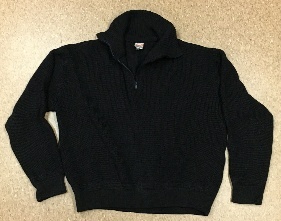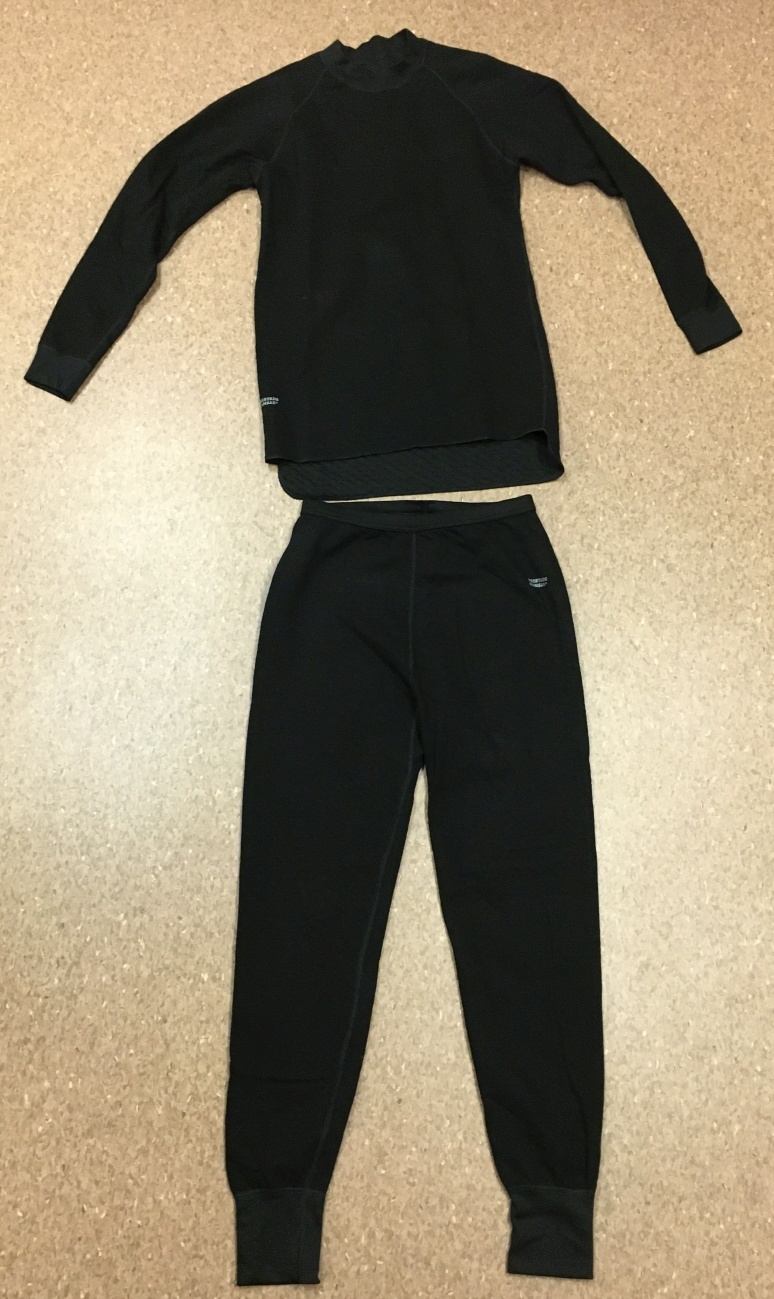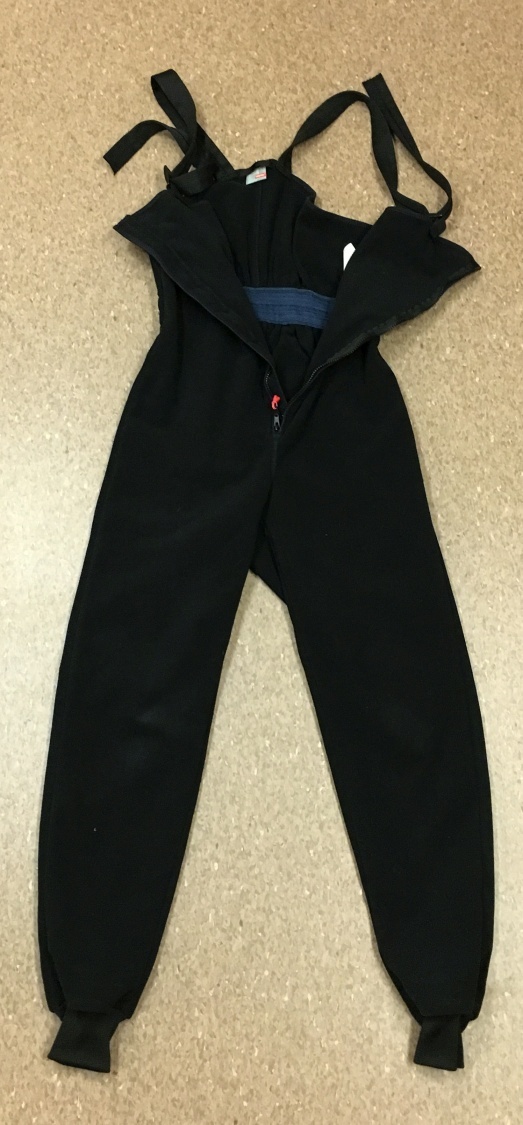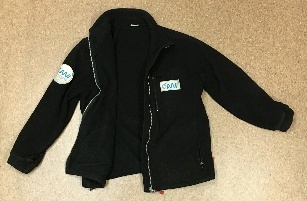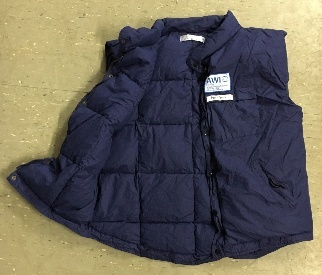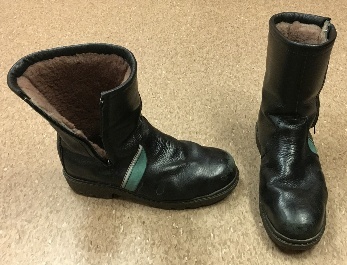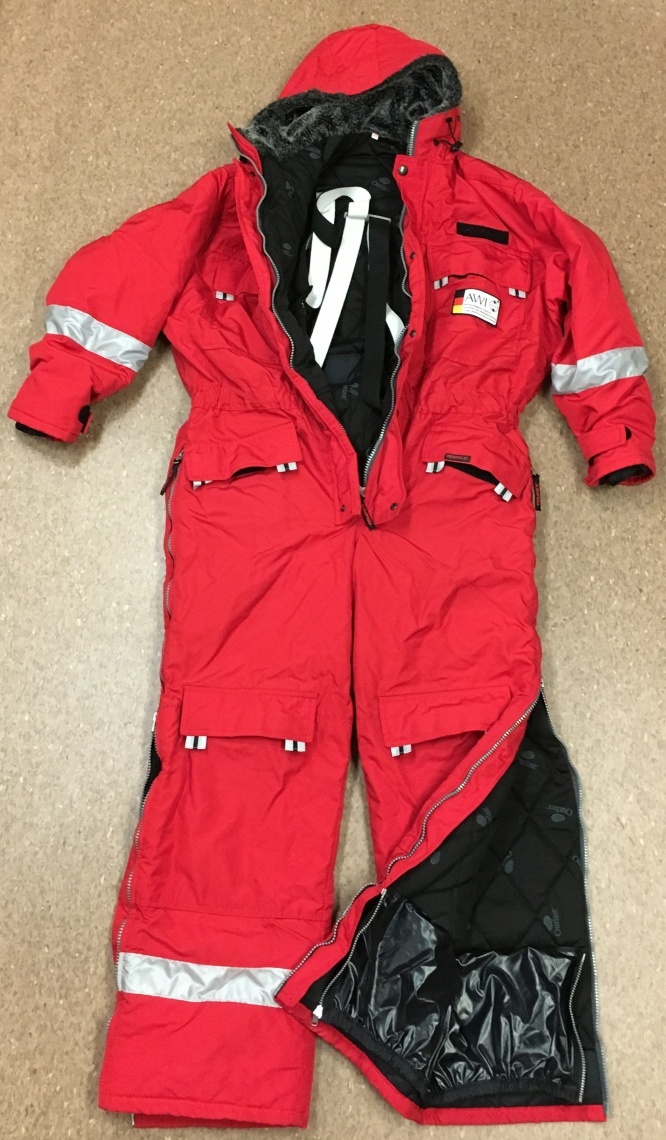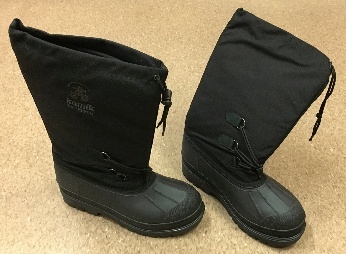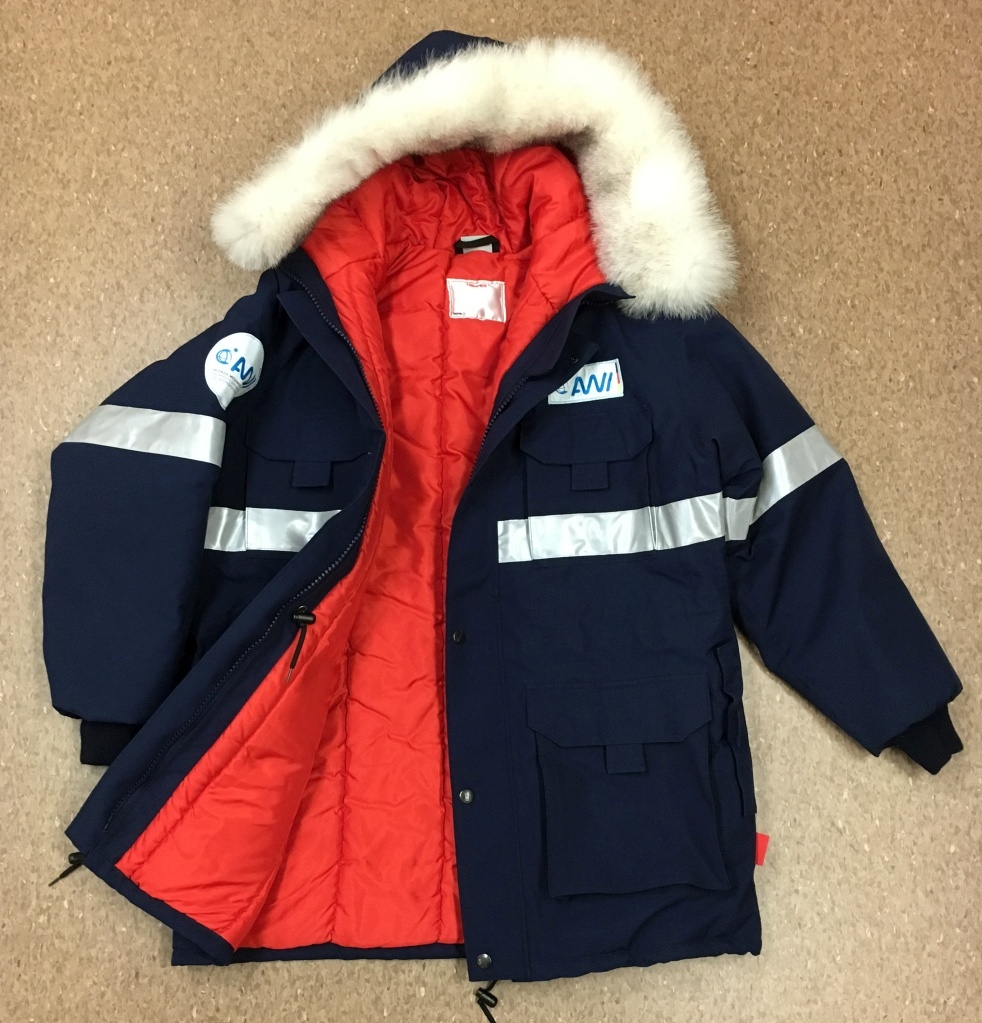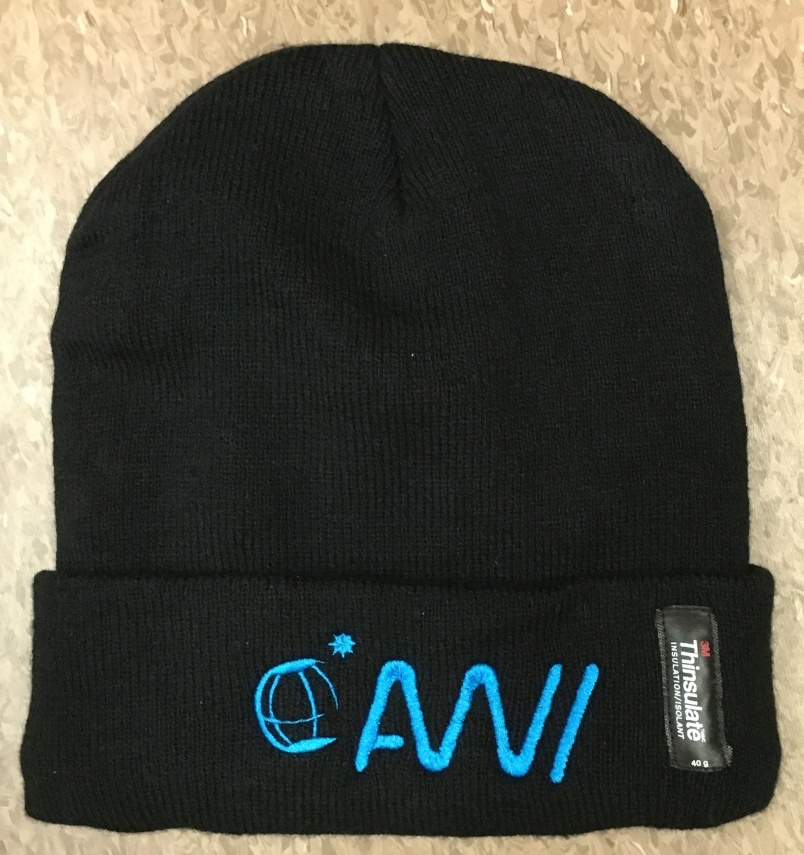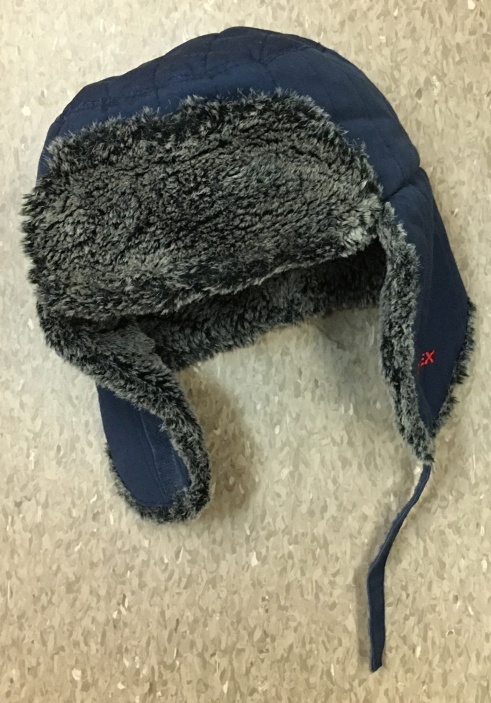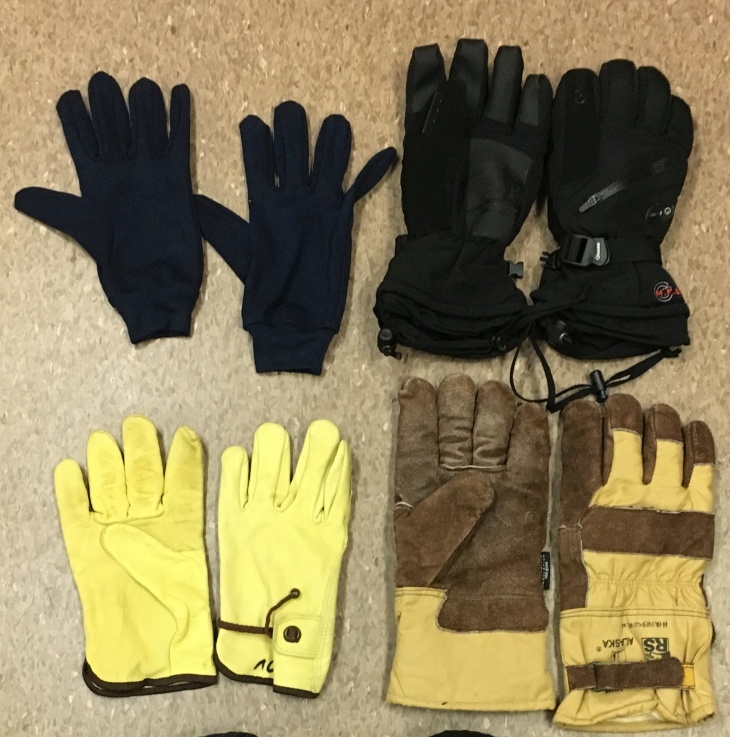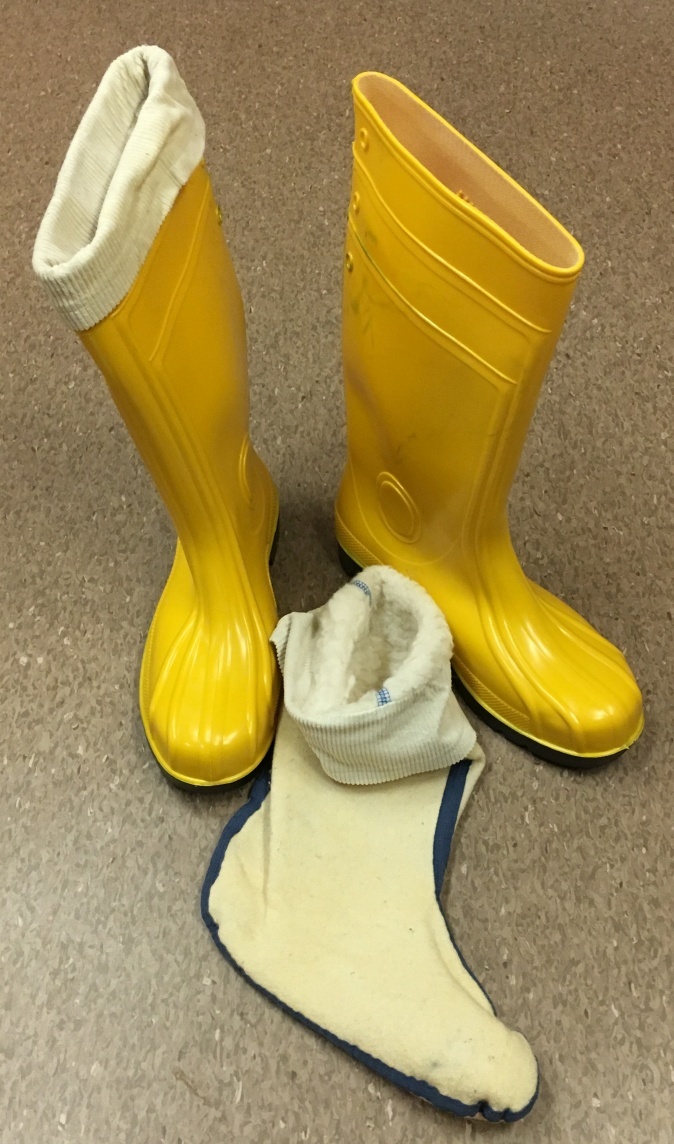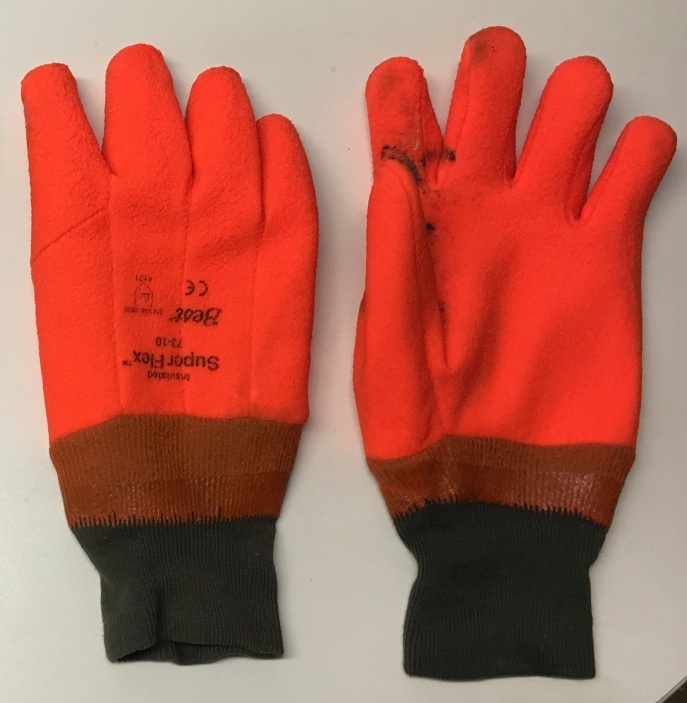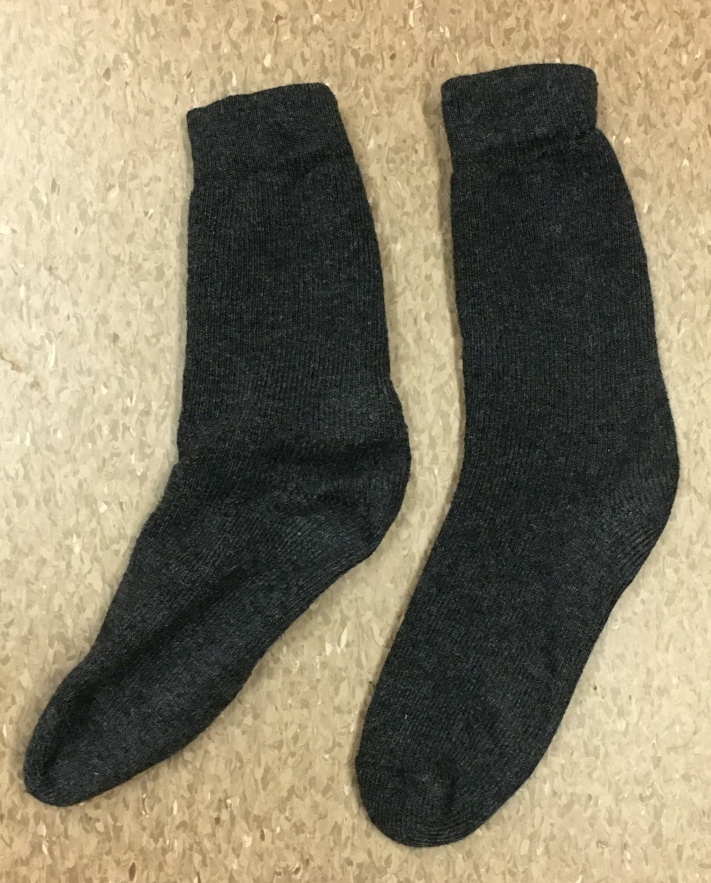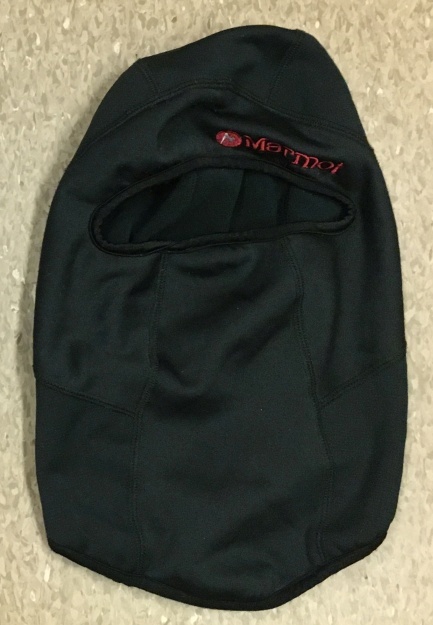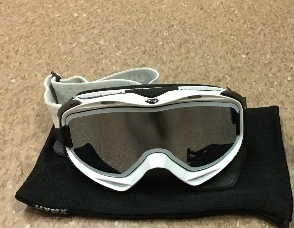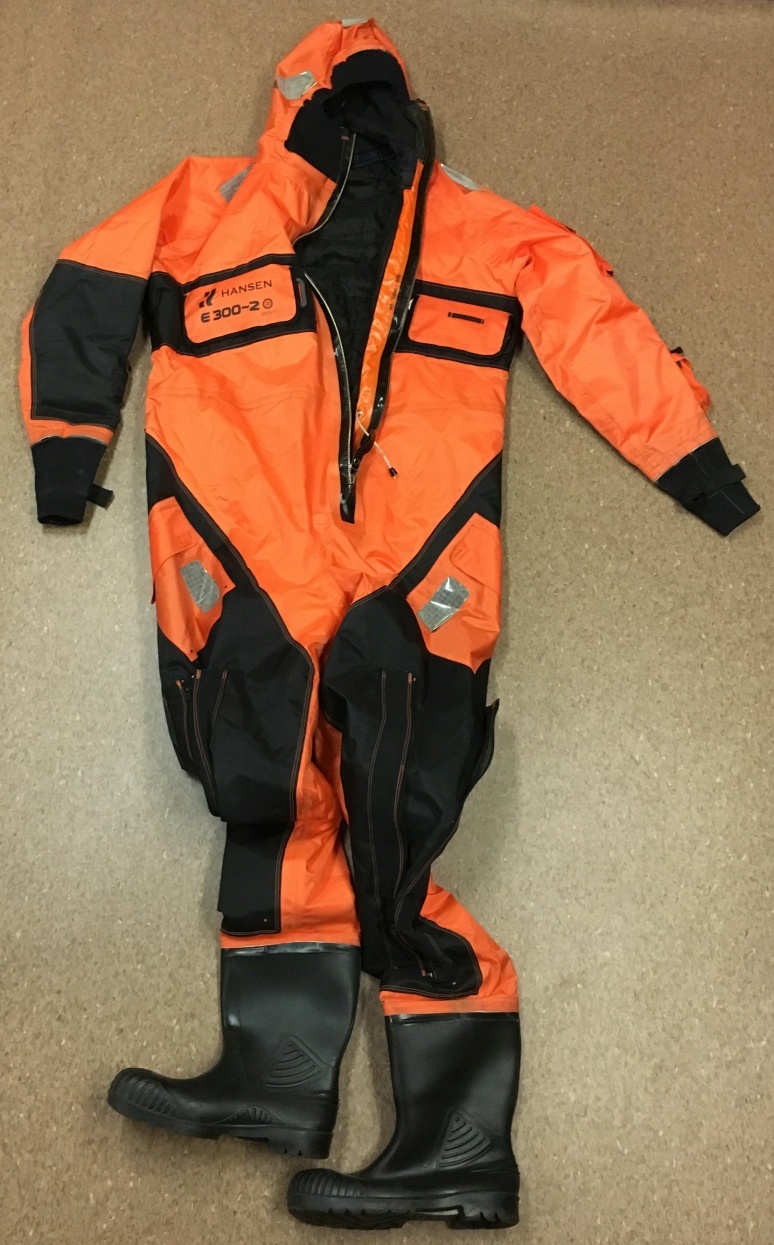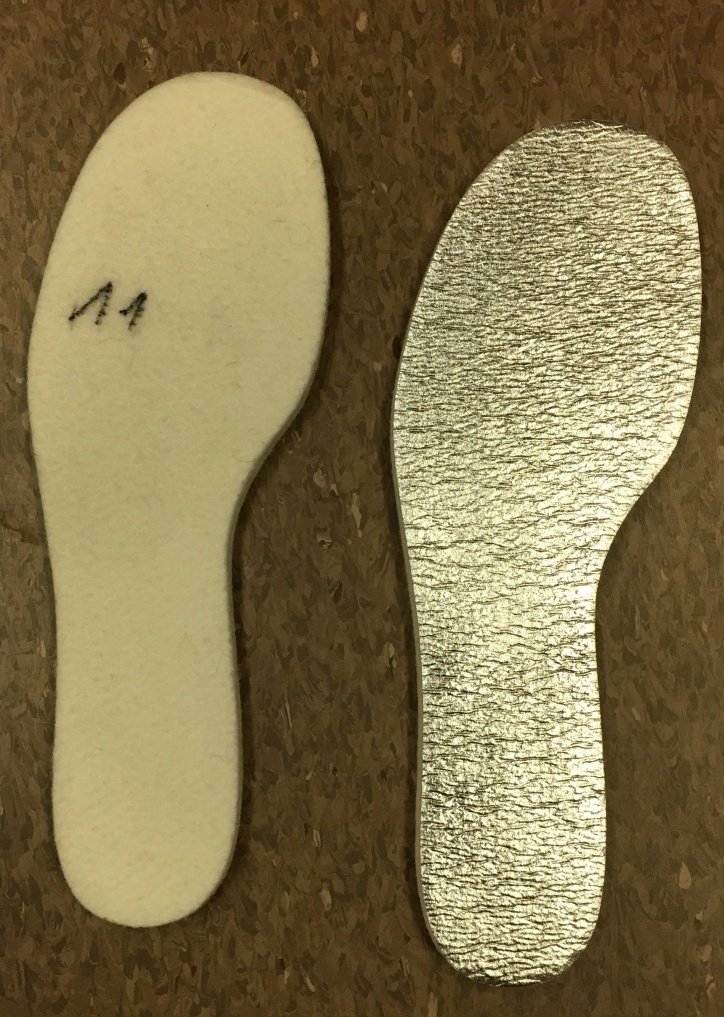Clothing
All participants of Polarstern expeditions will be equipped by AWI with polar clothing. You may chose one of the equipment lists depending on the field of work. Individual clothing with other items is not envisaged.
How to get your polar clothing:
Chose one of the clothing lists available in the Expedition Interface System, fill in your sizes and load it up in EIS. Your list is going to be checked, signed and handed over to the
clothing storehouse.
Afterwards make an appointment with the colleagues in the storehouse for fitting the clothing. The last possible time for fitting is to be found in the schedule.
Fitting the clothing in the storehouse is strongly advised because some of the polar clothing has an unusual cutting and may fit badly if not tried on but only ordered by list.
You should plan about 1 hour for fitting. The kit bags with your clothing will be brought onboard for you.
PIease contact one of the contact persons if you have special demands on clothing.
Contact persons in the AWI Department of Logistics & Research Platforms:
Dr. Eberhard Kohlberg
Dirk Mengedoht
Contact persons in the clothing storehouse:
Maik Johanns
Mathias Meyer
Head of clothing storehouse
Tel.: +49-471-926898-323
Fax: +49-471-926898-332
Address and location sketch:
Elbe-Weser-Werkstätten
Heinrich-Brauns-Straße 8
27578 Bremerhaven
or:
Bremerhavenbus: 501 (Schnellbus), 502, 503 und 508
Stop: "Hans-Böckler-Str./Bad 1"
Opening hours:
Monday, Tuesday and Thursday: 8:00–16:00
Wednesday: 8:00–15:30
Friday: 8:00–13:00
Lunch break: daily 12:00–12:30
You will find the clothing items shown below in the clothing lists. The lists are based on many years of experience and cover a wide range of requirements. You are welcome to contact us if your work has special demands on clothing or you are uncertain about the selection.
On this page you may view the available items of clothing before you decide on one of the lists and before making an appointment for fitting.
There is no standard list because of varying weather conditions and different fields of work. It is advised to wear well-fitting clothes after onion skin principle. It is crucial to try all pieces of clothing in the storehouse and ask for well-fitting sizes.
| Warning | ||
|---|---|---|
| ||
An Bord gibt es Sicherheitshelme, Arbeitssicherheitswesten und die für Helikopterflüge über dem Wasser vorgeschriebenen Heli-Überlebensanzüge. Wenn Sie Schlauchboot fahren oder am / im Wasser arbeiten, dann benötigen Sie unbedingt einen Trockenanzug aus dem Bekleidungslager. Dazu gehören zwingend extra Thermostiefeleinlagen und warme Socken. Fragen Sie danach. | ||
Safety helmets, safety vests and survival suits demanded for helicopter flights over water are present onboard. If you are using the dinghy or work close to or in the water you definitely need a dry suit from the clothing storehouse. Mandatory with the dry suit are warm socks and thermo insoles. Ask for them! |
Water proofed trousers and jacket with light padding;
Usable for wet and dirty works on deck or simply for regions not so cold
Wasserfeste Jacke und Hose; leicht gefüttert
Geeignet für alle nassen und dreckigen Arbeiten an
Deck als Außenhülle oder einfach so in wärmeren Regionen

